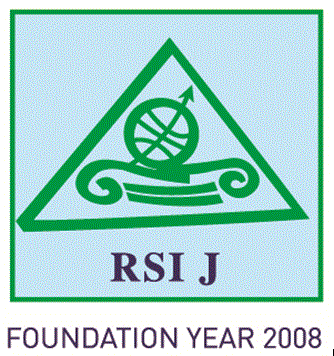Filipos RUXHO
Professor Ass. Dr. , Department of Business and Management, Universum College, Kosovo,
filip.ruxho@universum-ks.org
Christos Ap. LADIAS
Professor, Regional Science Inquiry Journal
Ladias@rsijournal.eu
Abstract
Regional companies in Kosovo operate in challenging economic conditions that hinder their ability to survive and develop. However, the management of logistics supply chain managers can increase their performance and help in their further development. The main purpose of this research is to investigate whether the management of logistics supply chain drivers can serve as a formal predictor and driver of the development of regional companies in Kosovo. The study aims to help Kosovo’s regional companies in a formal and independent way to integrate with supply chains, increasing their performance and development amid the difficult economic conditions in which they operate. The research approach and method is based on a quantitative survey conducted among 103 regional companies of Kosovo. Data was analyzed using descriptive statistics and hypotheses are tested using Pearson Correlation Coefficient. The results of the statistical analysis showed that the management of the six logistics drivers of the supply chain affects the increase in the performance of regional companies. It is mainly influenced by the information logistic driver, compared to other drivers, it turns out that over fifty percent of the respondents believe that the information logistic driver is the most important, followed by the next driver with sixteen percent transport, twelve percent facilities, nine percent resources, seven percent inventory and only one percent price. From the analysis of the questionnaire data, the importance and quality of road transport in the performance of regional companies was clearly highlighted. Implications and managerial practices of this research will serve as an aid to policy makers and institutions when designing development initiatives for regional infrastructure, economic zones and locations.
Keywords: logistic drivers, regional development, inventory, transportation, information
JEL classification: R10, R11, R40, R58, M10
pp. 95-106
